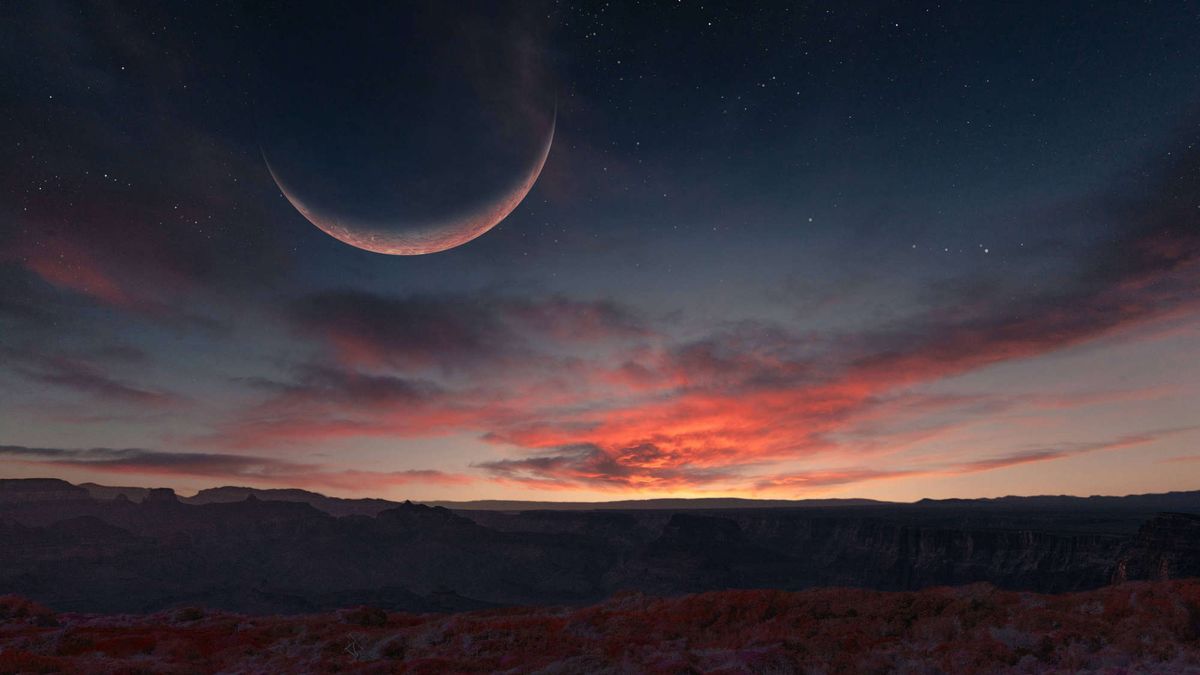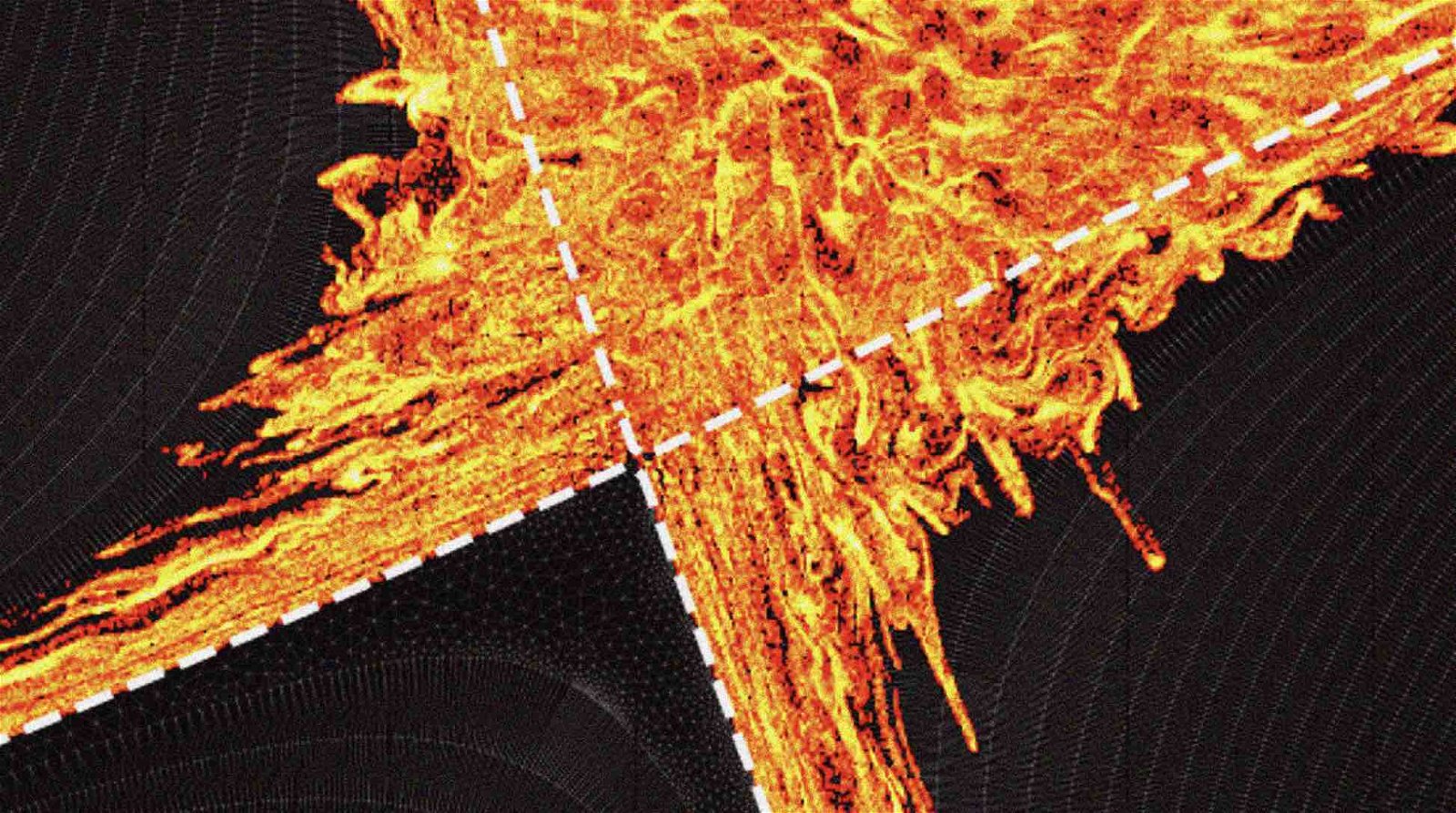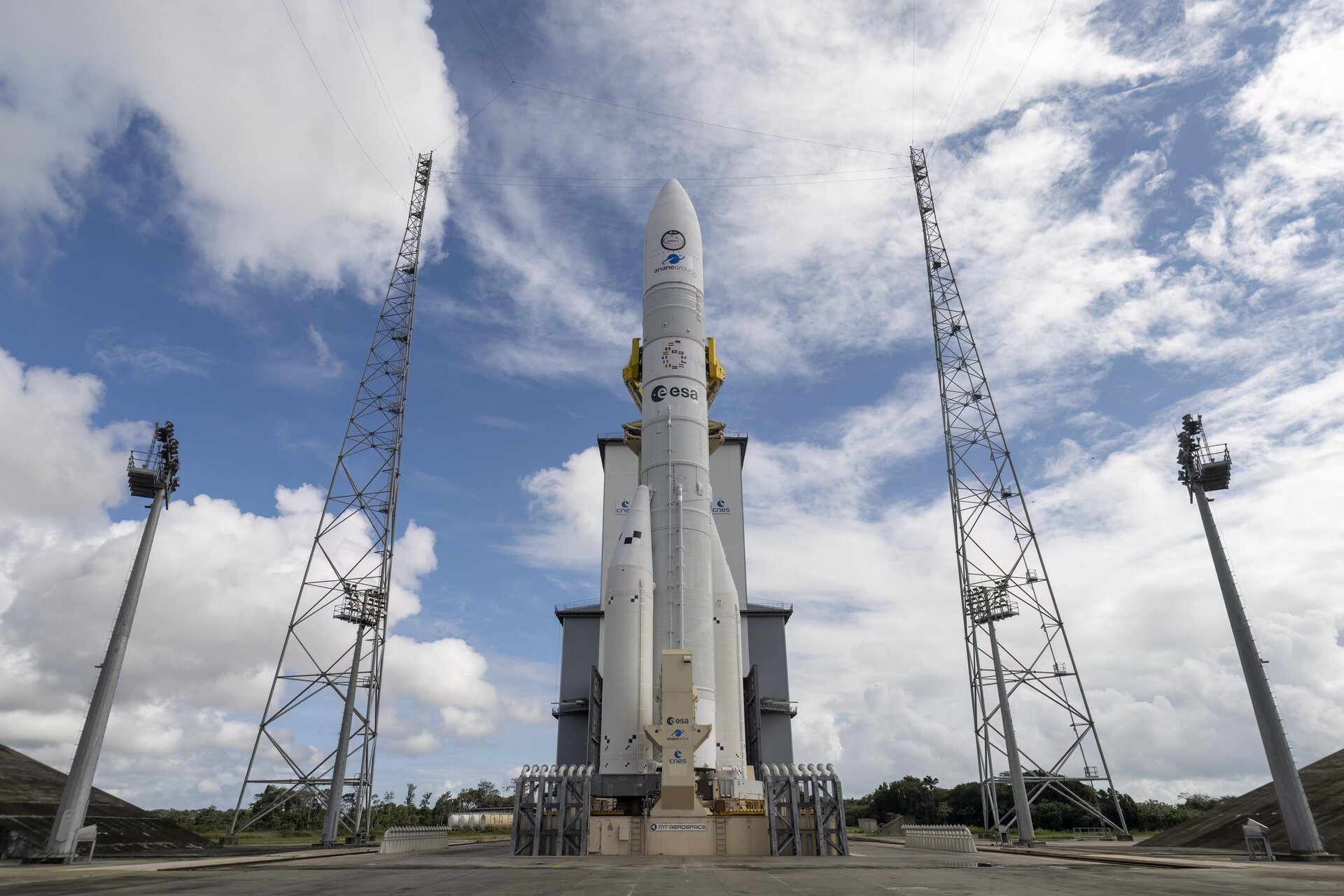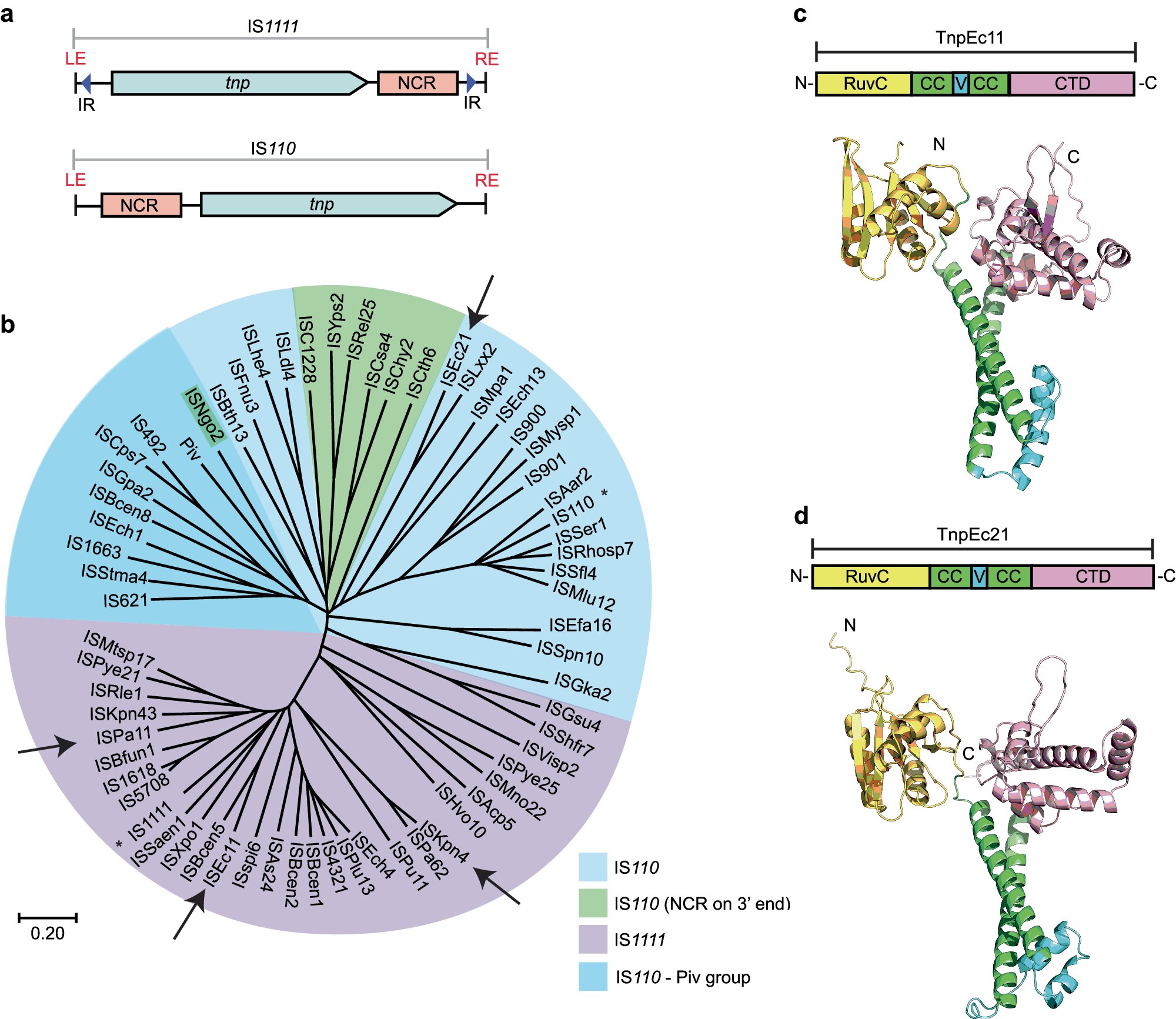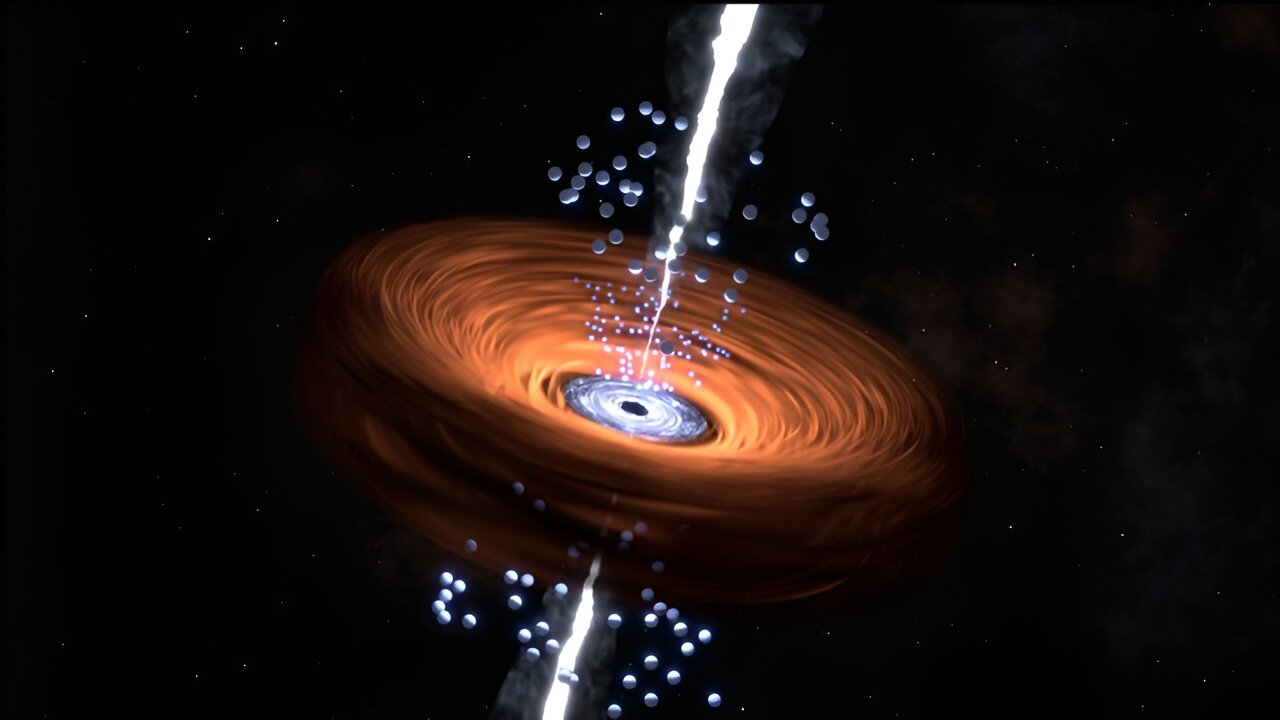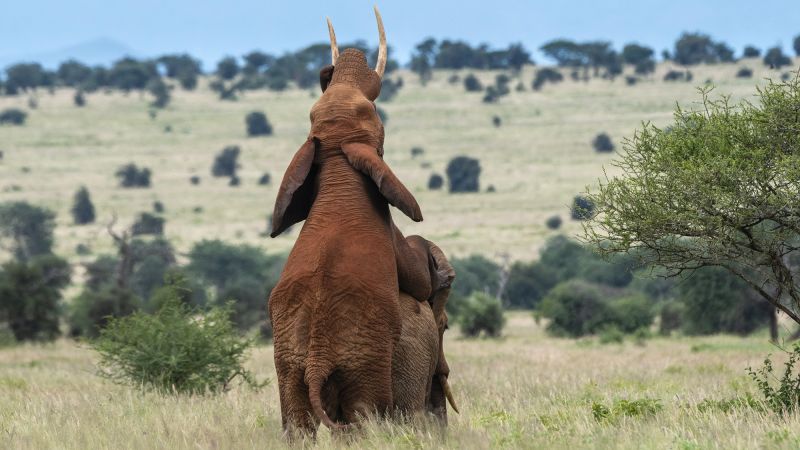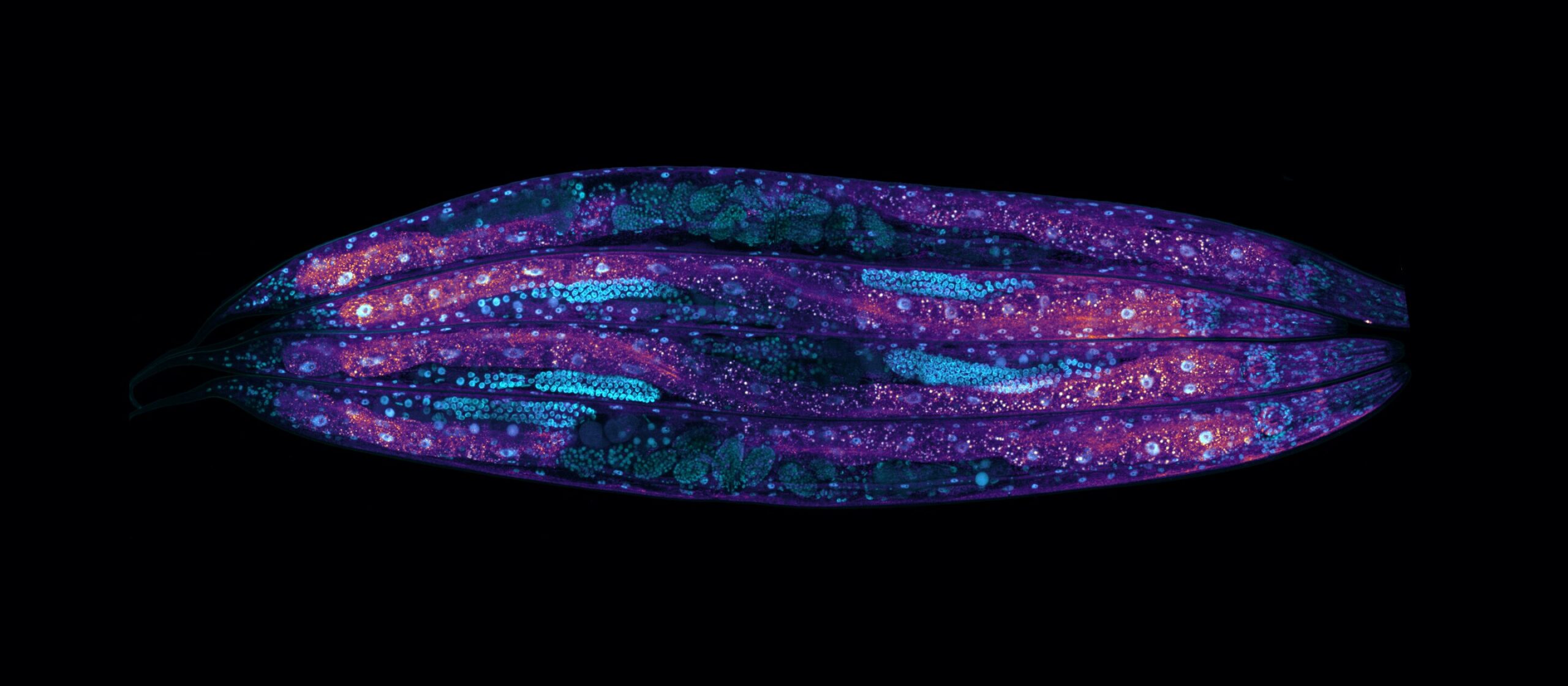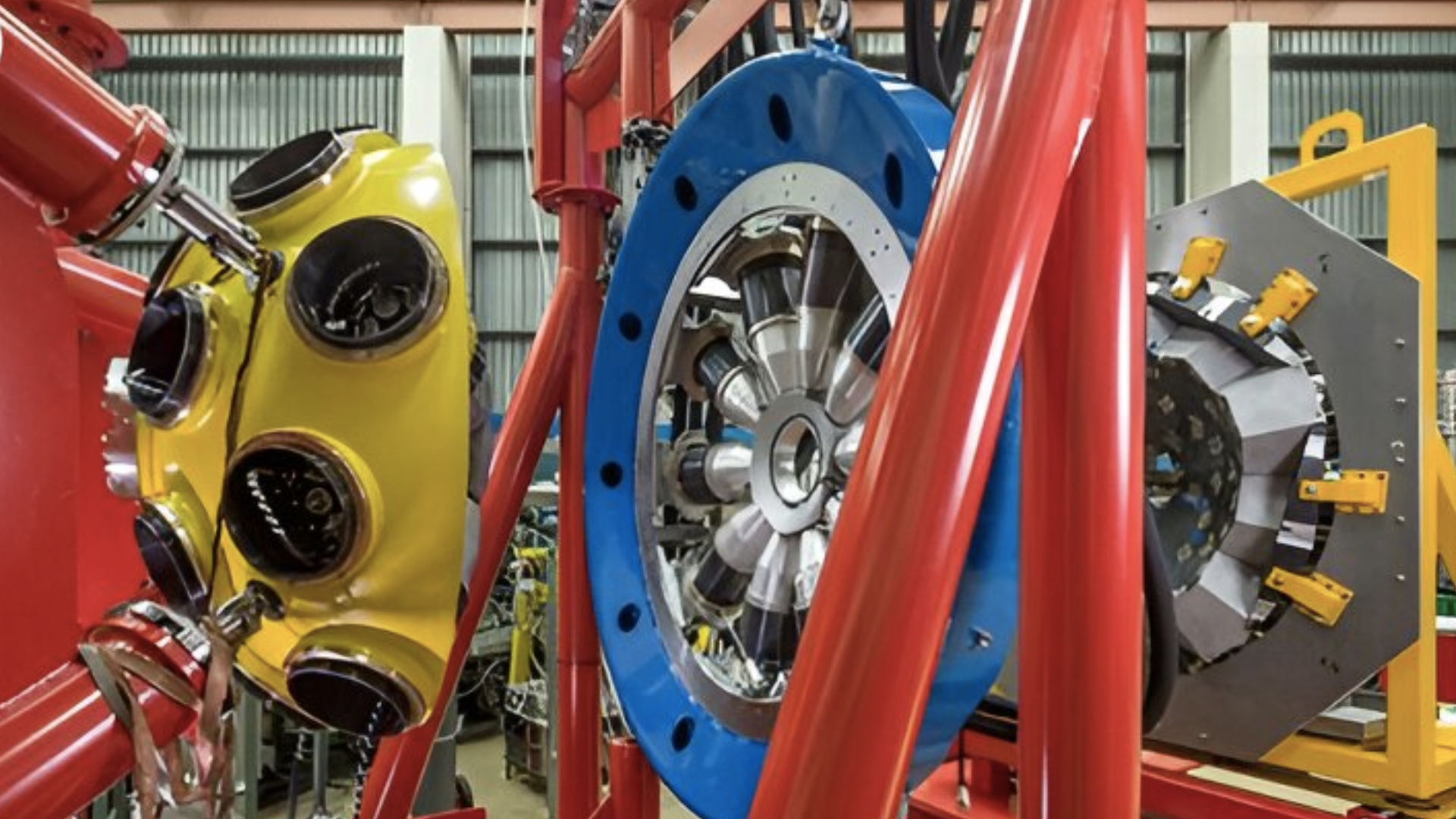Why smaller planets are better at building large moons
New simulations describing how the moons, incl earthown moooformed strongly imply that the exomoons more likely to be found around rocks exoplanets. Our moon is thought to have ESTABLISHED when a March-The planetary giant called Theia crashed into Earth, leaving a huge scar on our planet and melting its entire surface. It is believed that … Read more
